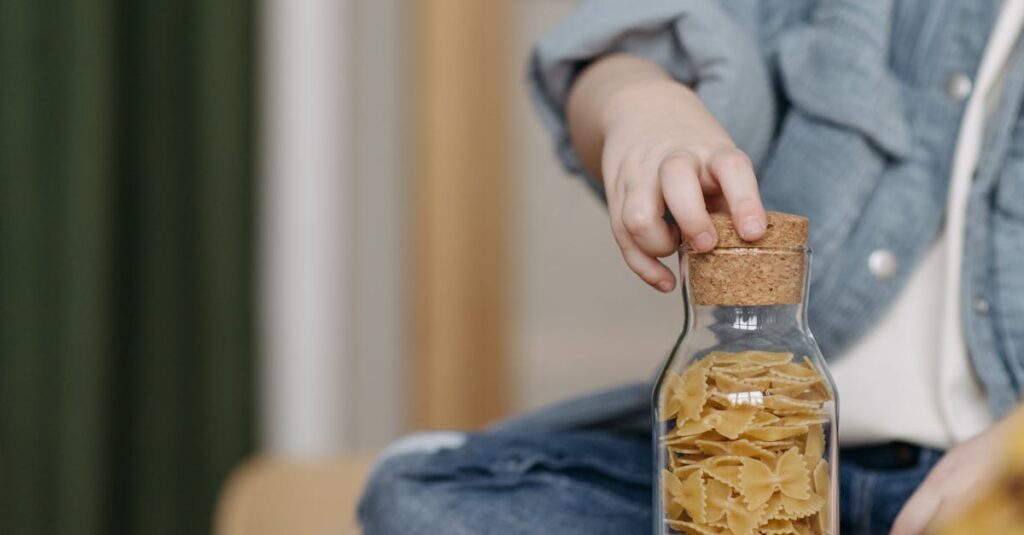Introduction to Charity for Little Minds
Teaching charity to preschoolers is a rewarding journey that goes beyond the simple act of sharing toys. It serves as an introduction to empathy.
Preschoolers grasp simple concepts easily, so it’s essential to keep lessons basic and fun. Imagine the joy a child feels when they give their friend a cookie! This is a perfect moment to discuss kindness and the impact of sharing.
Explain how sharing makes others happy, just like that cookie made their friend smile. This age is optimal for planting the seeds of generosity.
Ways to Teach Charity
- Storytelling: Use stories with characters who give and receive. These narratives help children visualize abstract ideas.
- Interactive Activities: Involve them in activities where they can engage in giving, like donating old toys or drawing pictures to cheer up someone.
- Encourage Empathy: Discuss feelings and perspectives. Ask them how they would feel in another person’s shoes.
Let’s make preschoolers the heroes of a giving story! When they’re excited about these tales, they are already halfway towards understanding the joy of giving.


Incorporating Faith into Giving
Faith adds a deeper layer to this narrative. Preschoolers are natural believers, so introducing the concept of giving as an act of faith can be profound.
Simplify religious teachings about charity into everyday activities. The saying ‘Sharing is caring’ aligns with many faiths’ teachings on generosity.
Utilizing Fun Stories
Utilize fun faith-based stories where characters perform acts of kindness. This method ties their spiritual journey to actions they can take.
Reinforcing Lessons
Reinforce lessons with prayer or meditation centered around being thankful and generous. This routine helps ingrained values blossom as they understand that kindness is not just about giving but also celebrating others’ happiness.
Visual Inspiration


Incorporating these steps into early education can provide children with a holistic understanding of both faith and the importance of giving.
Activities for Engaging Young Hearts
Keep your little ones busy with hands-on activities. A ‘kindness jar’ is a fantastic way to start. Whenever your child shares or helps, drop a marble in the jar. Once full, have a fun family day as a reward!
Create a ‘giving box’ with their favorite drawings or toys to donate. Making cards for the elderly or collecting food items with you are practical steps too. The goal is to show them their efforts matter.
Celebrate Small Acts
Celebrate these small acts, turning them into regular family traditions. Their hearts, full of warmth with each activity, learn the importance of small contributions to the community.
Ideas for Activities
- Kindness Jar: Add a marble for every act of kindness.
- Giving Box: Fill it with drawings or toys to donate.
- Cards for the Elderly: Create heartfelt cards to share.
- Food Drives: Collect food items together for those in need.
By engaging in these activities, you nurture compassion and a sense of community in your children. Every effort counts!
Navigating Emotional Challenges
Emotions can overwhelm little ones during giving moments. They might not want to part with that toy! It’s natural to feel attached. Teach them it’s okay to feel this way.
Use role-play to explore emotions around giving. For example, you can say, ‘I know you’ll miss your toy. Imagine how happy it will make another child!’ These scenarios help preschoolers articulate their feelings, easing emotional struggles.
They’ll soon discover joy in seeing others happy.
Handling Meltdowns
If a meltdown happens, stay calm and reassuring. Show understanding and coax them gently. With your support, they’ll soon associate giving with positive feelings and experiences.
Helpful Tips for Parents:
- Encourage open discussions about feelings.
- Practice empathy through role-playing.
- Remind them of the joy in giving.
- Provide reassurance during emotional moments.
Encouraging Family Involvement
Get the whole family involved to reinforce these lessons. Plan regular family charity activities. This creates a supportive environment where giving is a norm everyone enjoys.
Let your child suggest ways the family can give together, like:
- Baking cookies for neighbors
- Volunteering at a local shelter
Seeing adults—especially their role models—in action teaches more than words ever could.
Swap stories of kindness at dinner and celebrate giving milestones. Ask them how it makes them feel. Encourage them to:
- Write about their experiences
- Draw about their experiences
This discussion keeps charity and generosity central to family life, fostering a giving spirit in your little one.


